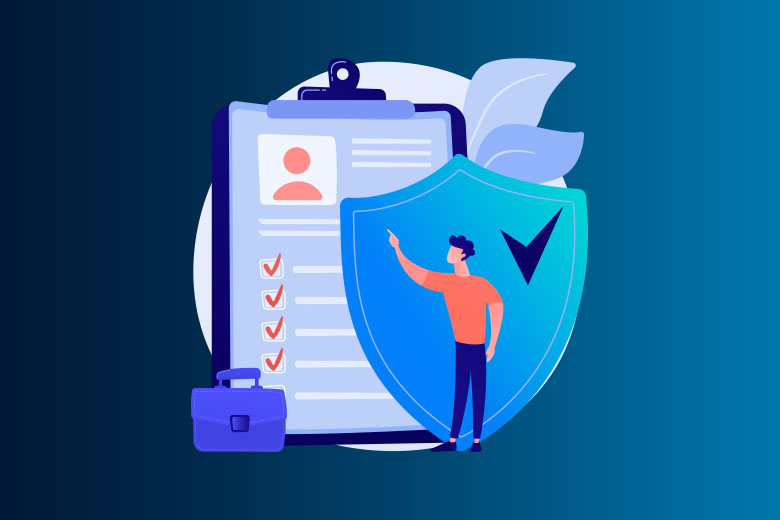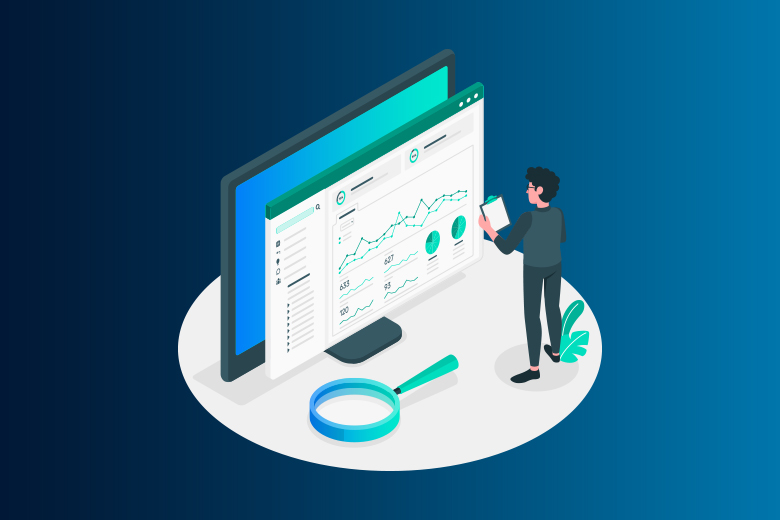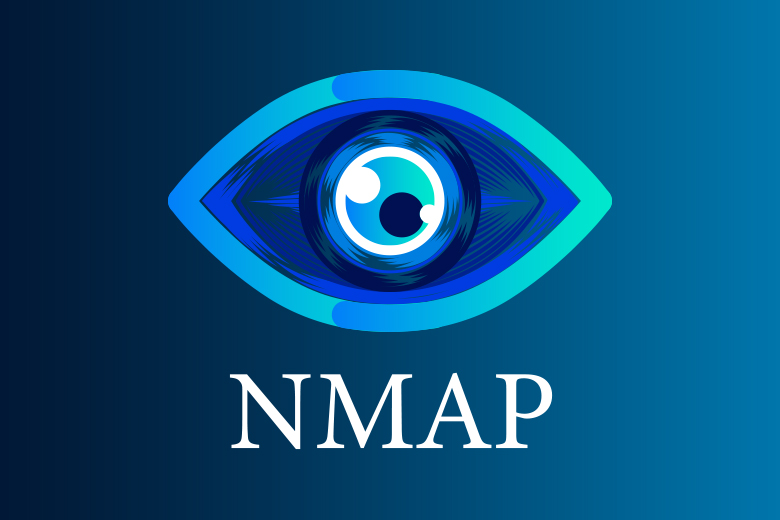30 May 2024
SafeAeon Inc.There aren't many vulnerabilities in the world of cybersecurity that have caused as much shock as the Log4j 1.2.17 vulnerability. This major security vulnerability was found in late 2021, and it wasn't your average security scare. This zero-day exploit, which means it had never been seen before and the code to use it was easy to find, went after Apache Log4j, a popular open-source logging tool. Due to Log4j's widespread use in many apps and systems, this flaw created a large attack surface for bad actors, making it easy for systems to be compromised.
After the fact, reports were very bad, saying that millions of devices and apps could have been hacked. Security experts rushed to mitigate the damage and stressed how important it was to patch it right away because attackers could easily use the flaw. Thankfully, attempts to reduce the damage were quick, unlike a ticking time bomb. The chance of a widespread risk was avoided when patching became a top concern for businesses all over the world.
The Log4j vulnerability, on the other hand, was a stark warning of how important it is to be careful with your cybersecurity. Let's learn more about this important vulnerability, break down the risks it posed, and look at the efforts to fix it that helped prevent a general threat. Even though the immediate threat has been resolved, the Log4j story continues to serve as a warning, showing how important it is to always be on guard and take proactive security steps. It should be a wake-up call for businesses to stay ahead of security risks and make sure their software is always up to date. Companies can make sure they're not caught off guard by the next hidden vulnerabilities by applying patches quickly and following best practices.
Log4j 1.2.17 Vulnerability: Learn About the Risk
Even though Log4j 1.2.17 may seem old, it's important to know what problems it has because some systems may still be using it.
Here are some important things to keep in mind:
1. Not Fixed, But Not As threatening: Log4j 1.2's "end-of-life" date was in 2015, which means it no longer gets official security patches.
The main problem with Log4j is called Log4Shell (CVE-2021-44228), and it mostly affects Log4j 2. But Log4j 1.2 also has some problems.
2. Possible Security Flaws in Log4j 1.2.17
When deserializing a socket server, there is a flaw in the SocketServer class that can be used to run code remotely in certain situations. This involves deserializing data from a source that can't be trusted, and an attack needs a certain set of factors to work.
Misconfigured JMSAppender: If the JMSAppender is used in Log4j 1.2 and is not set up correctly, it can be vulnerable to a different deserialization flaw. An attacker can change data and run code remotely.
3. Why context is important
The Log4j 1.2.17 security vulnerability is likely to be used against you based on several factors, including:
Specific Configuration: The logging configuration of the program is very important. The risk is smaller if the loopholes aren't exploited, like SocketServer or certain JMSAppender settings.
Attack Surface: It is very important that the system can get info from sources that can't be trusted. If it only handles internal logs, it is less likely to be exploited than if it receives data from outside sources.
As of now, there aren't any approved security patches for Log4j 1.2.17 because it's no longer being supported.
4. Configuration Review
Looking over the logging configuration to find and possibly turn off features that aren't being used, like SocketServer or certain JMSAppender settings, can help lower some risks.
Segmenting the network: Using strategies for segmenting the network can reduce the attack area and make it harder to exploit.
5. The Big Picture: Why It's Important to Upgrade
Even though Log4j 1.2.17 seems to have less risk than Log4j 2, there are still several reasons to upgrade:
Updates for security: If you upgrade to a stable version, like Log4j 2, you will get security patches for any new bugs that are found.
Better Functionality: Newer versions usually have better features, faster speed, and better ways to log.
Long-Term Maintenance: Over time, it gets harder and riskier to maintain a system that has an old library.
How to Protect Your System from Log4j 1.2.17 Vulnerability Attacks?
Even though Log4j 1.2.17 isn't the newest version, having it on your machine can still be dangerous. Here is a full list of things you can do to stop attacks that take advantage of these vulnerabilities:
1. Identification and Evaluation:
System Inventory: The first thing you need to do is make a list of all of your systems. This helps find computers that might be using Log4j 1.2.17. This can be done manually, with configuration management tools, or with automatic vulnerability scanners.
Check the Log4j version: Once you've found possible systems, use the right tools or look at them manually to find out the exact Log4j version. You can use tools like log4j-info or the logging configuration files to check the version in the code.
2. Setting priorities and reducing risks:
Prioritization: Not all Log4j 1.2.17 systems are equally at risk. Sort systems by how important they are, how much info they can access, and how easy it is for them to connect to the internet. Systems that handle data from outside sources or connect to the internet need more immediate attention.
Change to an approved Version (Preferred): The best way to protect against security vulnerabilities is to switch to an approved version of Log4j, ideally Log4j 2. Versions that are supported get security patches and fixes that keep your system safe from known and unknown attacks. Plan because upgrading might require changing code and checking for compatibility.
3. Ways to deal with systems that can't be upgraded (limited effectiveness):
If you can't change right away because of limitations, try these steps (keep in mind that they aren't foolproof):
Reviewing and hardening the setup: Look over your Log4j configuration files very carefully. Find features that aren't being used and turn them off, like the SocketServer and certain JMSAppender settings that are linked to security vulnerabilities. This makes it harder to attack, but you might have to look over the application code to make sure the logging works right.
Limiting Data Sources Outside the Company: If your system works with data from outside sources, make sure that new data is checked and cleaned more thoroughly. This can help stop attempts to inject malicious code from sites that you don't trust.
Partitioning your network: Partitioning your network can make it harder for hackers to get in. Log4j 1.2.17 systems should be kept separate from other crucial systems and the internet to make it harder for attackers to take advantage of security vulnerabilities.
4. Monitoring and keeping records:
Enable Logging: Make sure that the right logging settings are in place to record events that are related to security. This will help find possible threats or anomalous behavior more quickly.
Keep an eye out for IOCs (Indicators of Compromise): Keep up with the latest known Indicators of Compromise (IOCs) that are linked to Log4j flaws. These could be certain log messages, patterns of network activity, or attempts to access files. Check your system logs often to see if they contain any matches with these IOCs.
5. Extra steps to improve security:
Web Application Firewall (WAF): You might want to set up a WAF to filter incoming data and stop attackers from trying to take advantage of Log4j vulnerabilities. It's not a full answer, but it can be an extra layer of security.
Intrusion Detection/Prevention System (IDS/IPS): An IDS/IPS can look for malicious behavior in network traffic and may be able to stop exploit attempts. This is another good way to keep things secure.
6. Always Watching and Patching:
Stay up to date: Find out what's new with Log4j issues by keeping up with the news. Sign up for security alerts from software vendors and other related sources.
Take care of patches: Make sure you have a clear plan for managing patches. When updates come out, make sure you regularly add security patches to your systems, including libraries like Log4j.
Remember that these steps can help fix security vulnerabilities in Log4j 1.2.17, but the best way to ensure long-term safety is still to upgrade to a version that is supported. Attacks that take advantage of this weakness in your systems are much less likely to happen if you follow these steps and stay alert.
Conclusion
Companies that want to keep their systems safe from possible attacks need to know about the Log4j 1.2.17 flaw. A widely used logging library has this flaw, which can cause major security vulnerabilities if not fixed. The best way to deal with this risk is to apply patches and updates that fix the flaw quickly. Also, businesses need to carefully check and scan their systems to find any signs of being hacked or used without permission. This is to make sure that all the vulnerable parts are found and protected. Also, making it easier to keep an eye on things to find strange behavior and stricter enforcement of security rules will make protections stronger against future threats. Taking these steps not only lowers the immediate risks that come with Log4j 1.2.17, but it also improves the organization's general security, shielding it from a wide range of cyber threats. If you are looking for a trustworthy MSSP to seek top-notch solutions from log4j 1.2.17 vulnerability then get in touch with SafeAeon.














